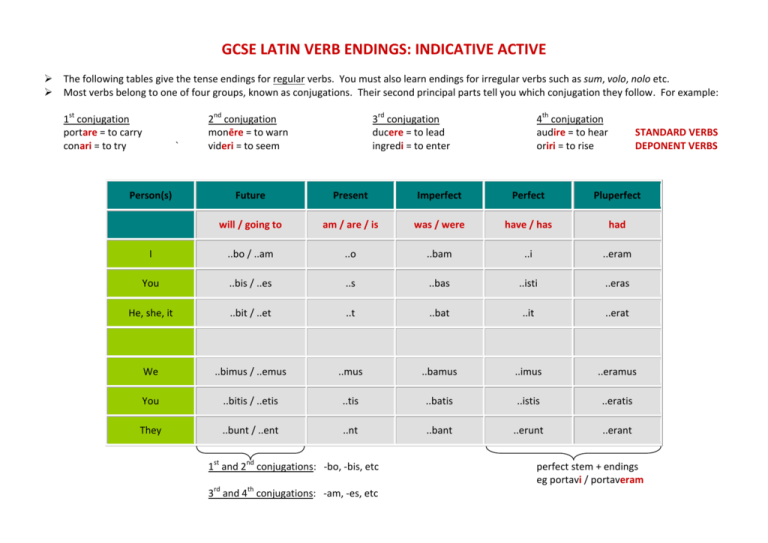

Classics Course II, No ancient language to A Level: Part 3 (Aptitude Test).Classics Course I, Greek A Level Students: Part 2 (Greek).Classics Course I, Latin A Level Students: Part 1 (Latin).Classics Course I, Latin & Greek A Level Students: Parts 1 (Latin) and 2 (Greek).Which part(s) of the paper to sit depends on how much knowledge in the languages you will have when you arrive at uni:

Your test centre/school should moderate the time accordingly. So just answer the sections you need to and leave the others blank. When you sit the test, you will get the same paper as everyone else, but most likely will only have to sit part or parts of it. Section C: tests how well you know the workings of English. Section B: tests how well you will adapt to a new language. Section A: tests the workings of a real language. Question 2: One passage of Greek prose to be translated into English. Question 1: One passage of Greek poetry to be translated into English. Question 2: One passage of Latin prose to be translated into English. Question 1: One passage of Latin poetry to be translated into English. Most students won’t have to sit all of it so see below for which bit you have to sit. The CAT is split into 3 parts, each designed to test a different part of your Classics knowledge. Don’t be alarmed by the Cambridge logo, you can still sit your Oxford CAT there. You can find a list of test centres here. If not, don’t panic, you can sit one at an independent test centre, but they might charge you for the privilege. Do double check though that they’ve arranged for you to sit the paper. Wednesday 2 November 2022 Will my school arrange everything for me? If you’re applying this year, the date of the test is: The test normally happens at the start of November in your final year of school (Year 13) about two weeks after your personal statement deadline. So even if you’re applying to Course II Classics, make sure you prepare. You’ll need to sit the CAT no matter how much Latin, Greek or Ancient History you’ve done before. For Classics & English, you will have to sit the ELAT too.For Classics & Modern Languages, you will have to sit the MLAT too.With joint-honours courses you may have to sit another aptitude test too. Literae Humaniores) or a joint-honours Classics course ( Classics & English, Classics & Oriental Studies etc) will need to sit at least one part of the CAT. Who needs to sit the CAT?Īnyone applying to study Classics (aka. In addition to this, Oxford is very clear that the test is designed to give them extra information to help them differentiate between candidates who are otherwise equally well-qualified. The idea of the test is to get some idea of candidates language abilities before their A-Level results so they can use that to inform their offers sent out in January. The Classics Admissions Test (CAT) is an assessment set by Oxford University for all prospective Classics students to check their level of Latin, Greek or their aptitude for languages in the case that they haven’t studied an ancient language yet.


 0 kommentar(er)
0 kommentar(er)
